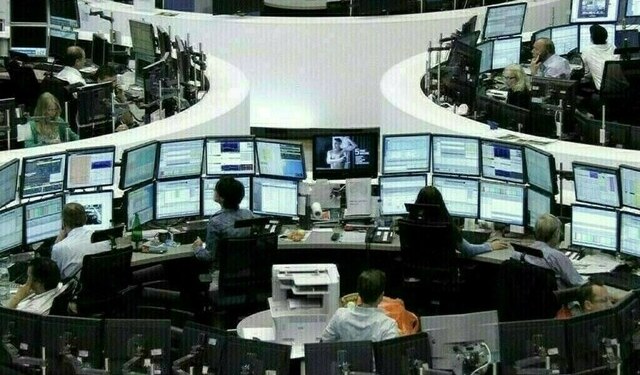SYDNEY: Asian shares scaled a decade peak on Tuesday after a survey of Chinese manufacturing proved surprisingly upbeat, while the euro lurked within striking distance of its 2017 top against an ailing U.S. dollar.
Sentiment was also helped by news that North Korea had offered an olive branch to South Korea, with Kim Jong Un saying he was “open to dialogue” with Seoul.
MSCI’s broadest index of Asia-Pacific shares outside Japan jumped 0.9 percent to heights last visited in 2007, having risen by one-third in value last year alone.
Japan’s Nikkei was closed for a holiday. E-Mini futures for the S&P 500 edged up 0.1 percent and spread betters predicted a firmer opening on European bourses.
Shanghai blue chips climbed 1.2 percent after the Caixin index of Chinese industry rose to a four-month high of 51.5 in December, confounding forecasts for a decline.
The reading pointed to resilience in the world’s second-largest economy even as Beijing cracks down on industrial pollution and engineers a cooling property market.
“Manufacturing operating conditions improved in December, reinforcing the notion that economic growth has stabilized in 2017 and has even performed better than expected,” said Zhengsheng Zhong, director of macroeconomic analysis at CEBM Group.
In currency markets, the dollar remained out of favour having hit a three-month low against a basket of its peers on Friday. That brought its losses for 2017 to 9.8 percent, its worse performance since 2003.
Its pain was the euro’s gain, with the single currency enjoying its strongest year against the dollar in 14 years. On Tuesday, the euro was firm at $1.2017 and just off a three-month top of $1.2028.
Bulls were now eyeing the September peak of $1.2092, a break of which would take the euro to ground last trod in late 2014.
The euro had already broken major resistance on the yen to reach highs not seen since late 2015 at 135.45, leaving the dollar struggling at 112.70 yen.
A major hurdle for the dollar will be Wednesday’s release of minutes from the Federal Reserve’s December meeting when it raised interest rates. Two policymakers voted against the move amid doubts inflation would accelerate as hoped.
“With the market pricing in a 68 percent chance of a March hike and two hikes for 2018, there will be close inspection to assess just how shaky their confidence is for any pick-up in inflationary trends,” said Chris Weston, chief markets strategist at broker IG in Sydney.
“That said, the U.S. dollar is underloved and oversold and it won’t take much to promote a bout of profit-taking from the shorts.”
The skid in the dollar, combined with strength in Chinese demand, has benefited commodities priced into the currency.
Copper dipped back a little on Tuesday to $7,223.50 a tonne, but that follows a rise of 31 percent in 2017 to a four-year top. Aluminium amassed gains of 34 percent.
Gold was 0.37 percent firmer at $1,307.25 an ounce, after advancing by 13 percent in 2017 for its best performance in seven years.
Brent crude oil futures ended the year with a 17 percent rise, while U.S. crude climbed 12 percent on strong demand and declining global inventories.
On Tuesday, Brent put on another 22 cents to $67.09 a barrel, while U.S. crude firmed 15 cents to $60.57.
Source: Brecorder.com


























